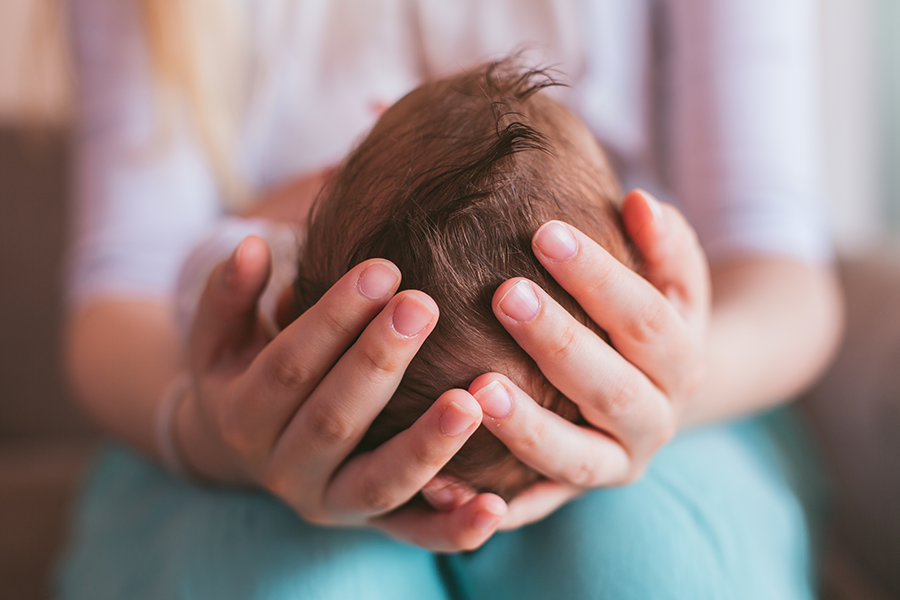
Expert health content provided
by Harvard Health Publishing.

How to hold your baby
Your new baby is precious cargo! This article will give you helpful information on how to hold your baby comfortably and safely.
When holding your new baby, remember:
- Your baby’s head is a large part of his or her overall weight and length.
- Your baby’s muscles are getting stronger. But she can't hold up that big head by herself, or support her body, either. You have to do all the work.
- Your baby may not be able to let you know she is having trouble breathing, so be sure that her mouth and nose are not blocked in any way.
- Your baby can't tell you a body part is being pinched or pressed too hard. Be gentle.
Here are some tips:
- Make sure you are comfortable and ready to hold your baby. Try holding your baby while sitting down at first.
- When you hold your baby, think:
- Am I supporting his head?
- Am I supporting his body?
- Do I have a firm hold on my baby?
- Am I pinching or pressing my baby anywhere?
- Is my baby’s nose or mouth covered or pressed against anything?
- Try not to multitask while you hold your baby. Yes, sometimes you need to do other things. But if your full attention is not on holding your baby, it might be best to put her down in a safe place.
The most common ways to hold a baby are:
- Cradling. This is best done sitting, so you can use your lap. You can do it standing as well. You hold your baby across your body, with the head nestled into the crook of one arm and both arms supporting the body and holding it against your belly or on your lap. When sitting, some people rest the baby on a firm pillow on their lap.
- Against your chest. This can also be done sitting or standing. Hold your baby with his chest to your chest, with one arm under his bottom and with your hand on the lower back. Your other arm should be along the baby’s back with your hand holding up the head. The baby’s head can either be looking over your shoulder, or to the side on your chest.
As you get more experience, you’ll figure out what is most comfortable and what your baby likes best.
